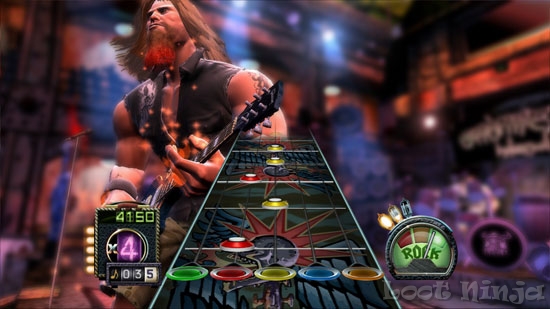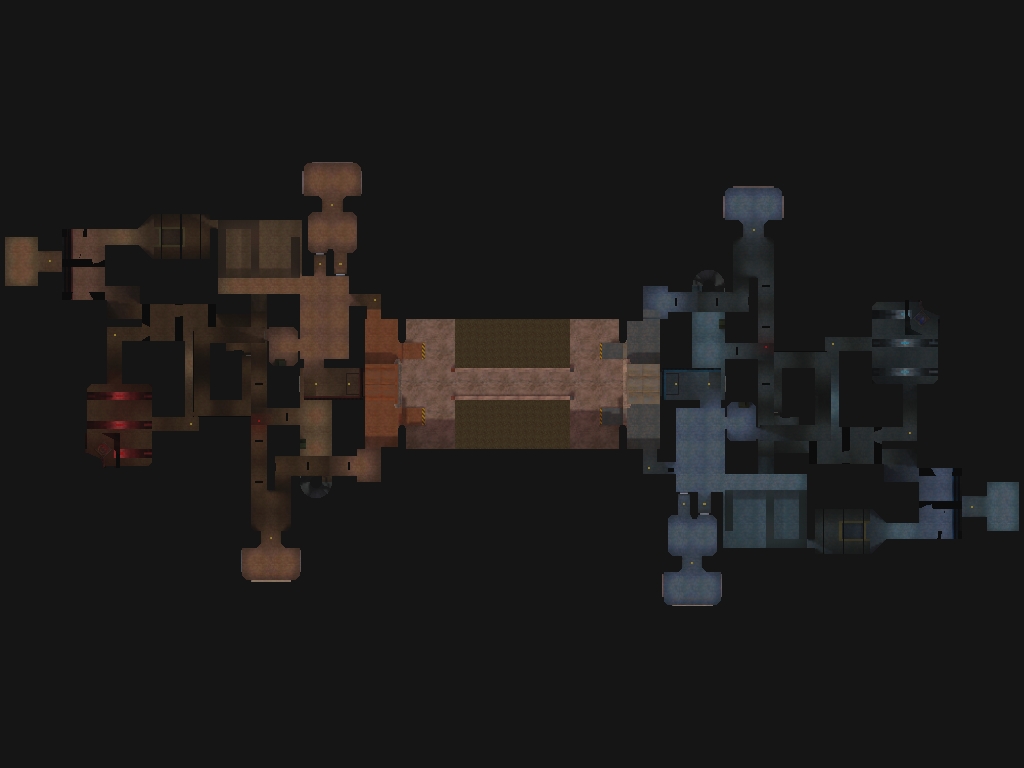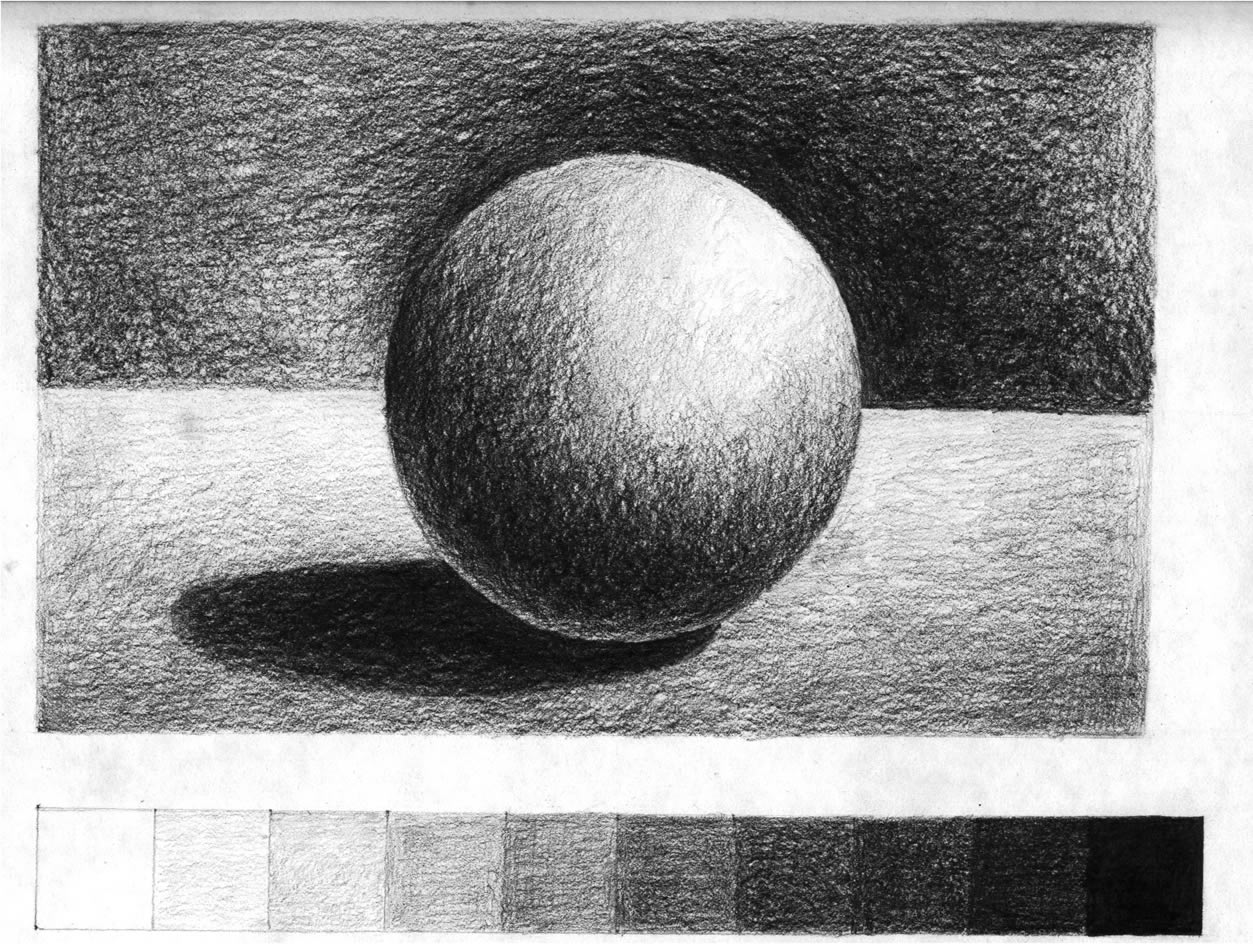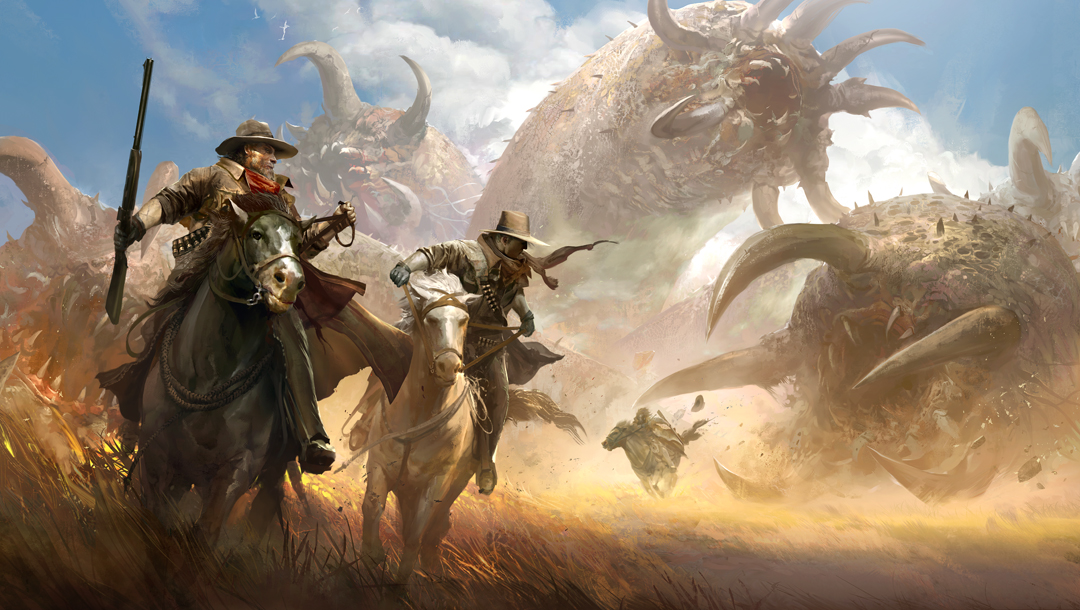Now I'm here at university, is what I'm being taught the best thing i can learn? Well this is the dilemma that all universities must face. The battle between teaching Technical skills or Soft skills. i want to have a brief look at what exactly both these sets of skills are and what their pros and cons might be.
Technical skills attribute to a person's skill set and ability to perform a certain type of task or activity. These are skills needed in the profession, things like knowledge of 3Ds Max or Photoshop. Limited knowledge of technical skills and relevant software knowledge can mean that people are forced down a pathway that they may not enjoy. Although always required for a job, Technical knowledge alone will not guarantee you one.
Soft skills are personal attributes that enhance an individuals interactions, job performance and career prospects. Being friendly, open and willing to communicate are all great soft skills that are needed and wanted in the industry. These are the type of skills needed if you are wanting to get past the interviewing stage. The game industry is all about working in teams and so being friendly to others and being able to communicate your input to you peers is key if you want to have a successful career. As with nearly everything it's obviously good to have a balance of both. Not only do you need the necessary technical skills for a studio to be interested in hiring you but you need soft skills in order to take on the interview.
 |
| Mr Miyagi requires balance in all things |
I think my course has got the balance pretty well. Firstly to even get on the course you have to show you have some kind of technical skill through a portfolio. From there you would have an interview so the tutors and some of the students are able to assess your soft skills. Its extremely important for the interview to happen because once you know that someone has good enough soft skills you can then focus on technical skills for the majority of the course. We're taught both current and past ways of creating assets and how to use current software, using our educated guesses which would be the most useful to us in the future. Our taught techincal skills are art fundimentals, perspective, colour, light etc, and the learning of 3d software. We also have guest speakers that are able to teach us the most current technical skills as well as offering great soft skill advice.



























